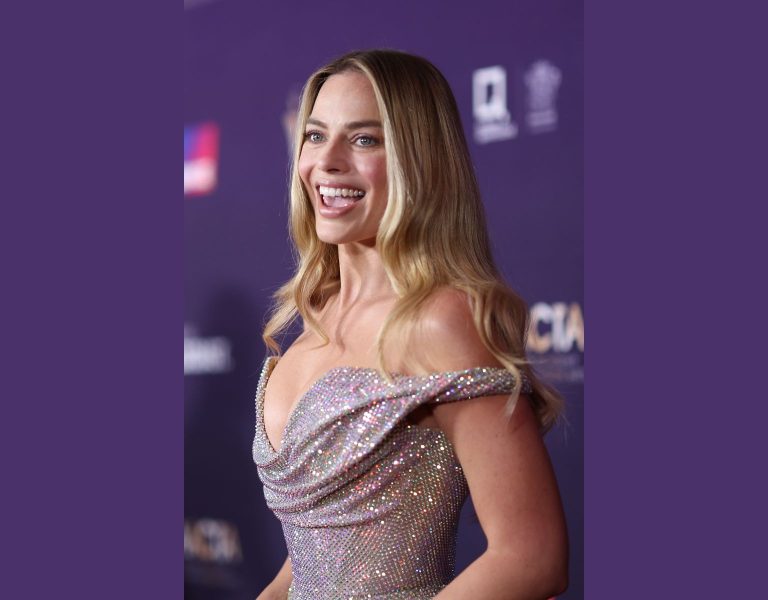COVID caper
The COVID-19 pandemic stands as one of the most transformative periods in recent human history, reshaping societies, economies, and individual lives on a global scale. Cinematographer Arlene Müller explains how she brought this lamentable period back to the public consciousness.
Despite its profound impact, the absence of notable cinematic or televised portrayals of the COVID pandemic has been conspicuous until now. Expanding on the success of her short film My Trip to Spain, showcased at Sundance in 2022, filmmaker Theda Hammel made a triumphant return to the festival with her debut feature, Stress Positions. Set in summer 2020, the film follows Terry Goon, recently divorced and unemployed, as he navigates COVID fears while caring for his nephew. Complications arise with meddling friends and eccentric lodgers, leading to chaotic events driven by a shared neck massager. The film competed in the US dramatic film category at the Sundance Film Festival.
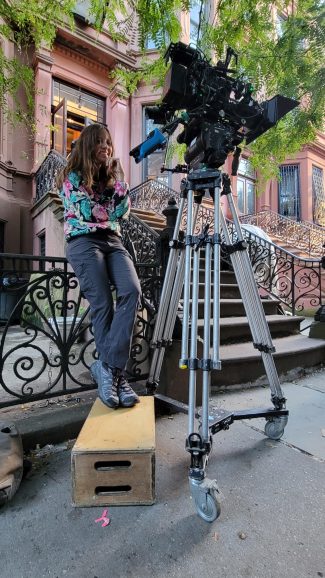
Cinematographer Arlene Müller (Dancing on the Silk Razor) explains how, working within a limited budget and tight schedule, the team knew it wanted a digital package with zoom lenses that were easy to handhold and flexible in case of a need to rapidly switch to a tripod or dana dolly.
“After testing, we determined that the Alexa 35 was the right camera for this project as it allowed us to film in 2K on vintage 16mm Canon zoom lenses with all the latitude and filmic texture of the Alexa sensor,” she says. “With this setup, we had a lightweight package that gave us tons of flexibility in our fast-paced shoot. Theda loved the film-like quality of the images, the natural skin tones, and the ability to dig deep into the shadows in colour.”
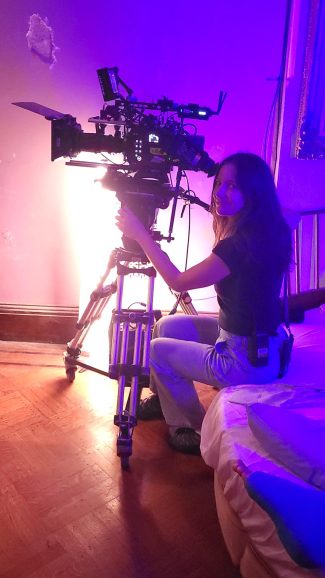
Gaffer Sean Gradwell was tasked with using a small lighting package that included an ARRI M18, a couple of Jokers, LiteMats, Titan tubes, and some tungsten units. Müller says the goal was augmented naturalism to highlight the comedy and performances, with touches of noir and mystery in specific places. “I think Sean did an amazing job dancing within our tight schedule to create some beautifully lit shots,” she continues. “I learned so much from watching him work, especially about the power of a well-placed floor bounce on our location’s wood floors – a way to get a beautiful quality of light without a lot of expensive equipment.” Moreover, there was no blue or green screen, very limited VFX – “just some extra sparks and smoke when a firework goes off inside the house.”
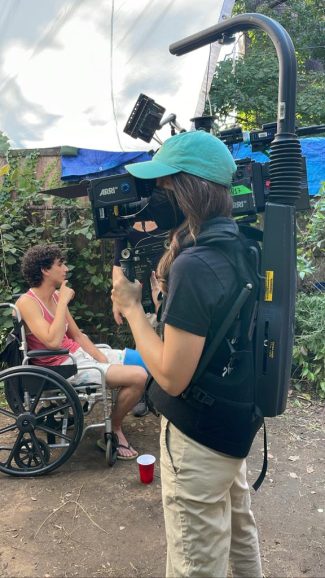
Müller’s proudest moment is in the last third of the film, which she says was the most exciting part due to the “interesting changes in mood, shifts in perspective,” and who is telling the story. “We were able to play with some moodier lighting, and my favorite shot of the film is Bahlul smoking in bed almost in silhouette, and finally getting up to leave the house for good,” she continues. “It’s a departure in tone from the mostly comedic storytelling, and it’s reflected in the imagery. I think it’s such a bold and exciting leap for the director to make and really shows Theda’s willingness to defy genre and be an explorer, to go where the story is telling her to go.”
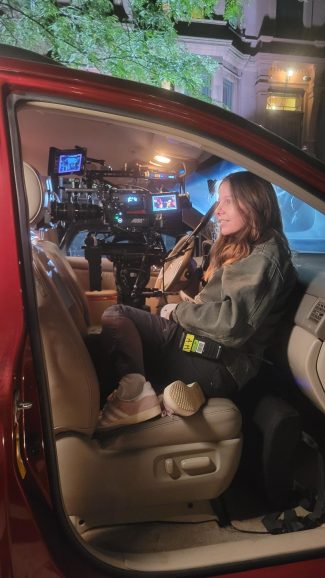
For Müller, the most challenging technical and logistical element of the 24-day shoot was the tight schedule “and always feeling a bit rushed” with lighting and blocking. “We overcame this as a team by accepting our limitations and not stressing if things weren’t perfect, but also I have to say my team was so fast and accommodating that I always felt supported and amazed by how much we were able to accomplish with the time we were given,” she continues. “It’s hard to be tired after long, packed days and still give your best, but they did, and I’m so lucky to have had this team with me.”
Stress Positions will be released in cinemas worldwide later this year.


